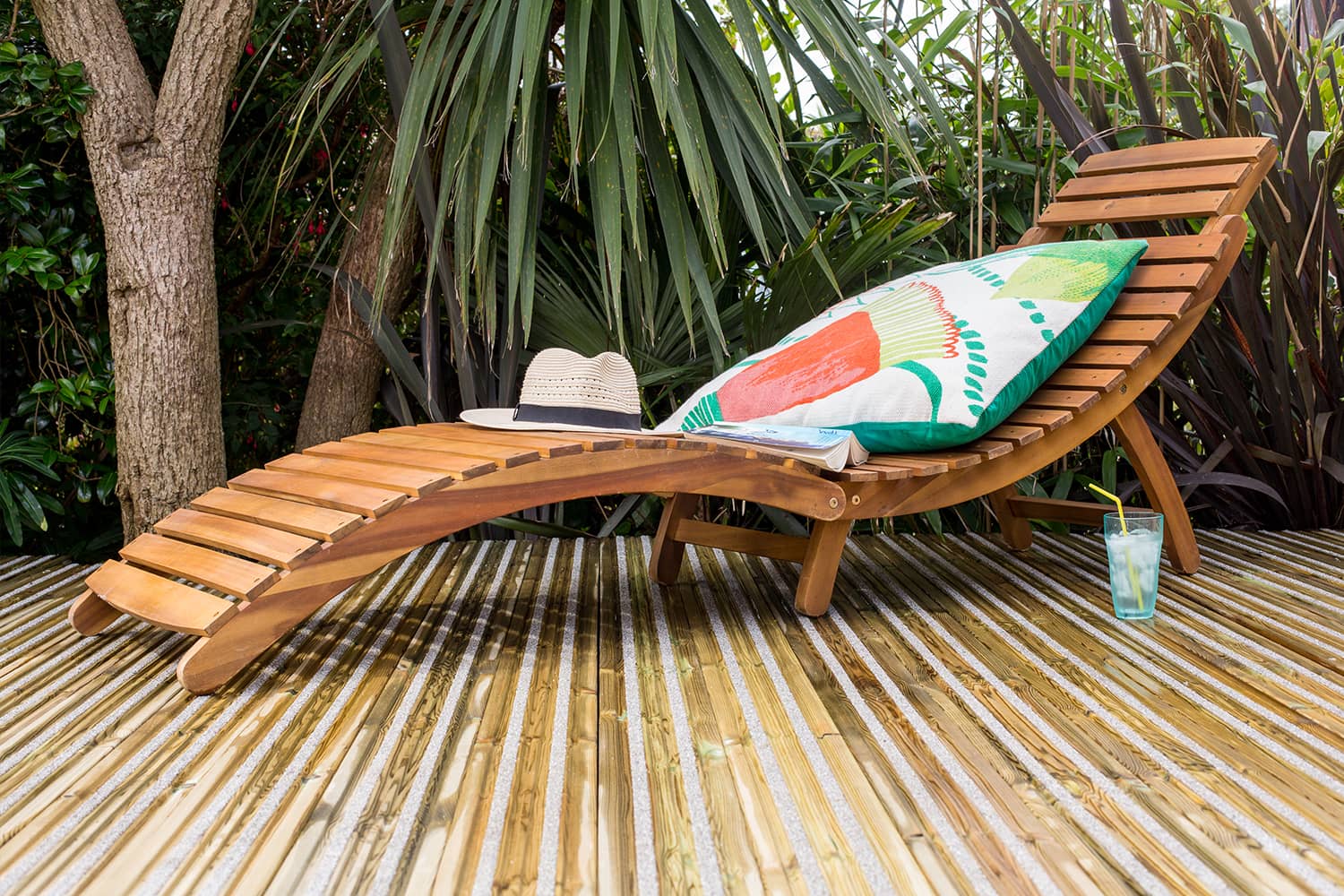Decking comes in a wide range of timbers and it is important to pick the right one for your decking project. This decision is one best made early as timbers not only dictate the finished appearance of the deck but have differing properties that will have an impact on where they can be used.
The first big decision when choosing the timber is whether you want to use a hardwood or a softwood. There are several important differences between the two that you should consider when planning your project:
